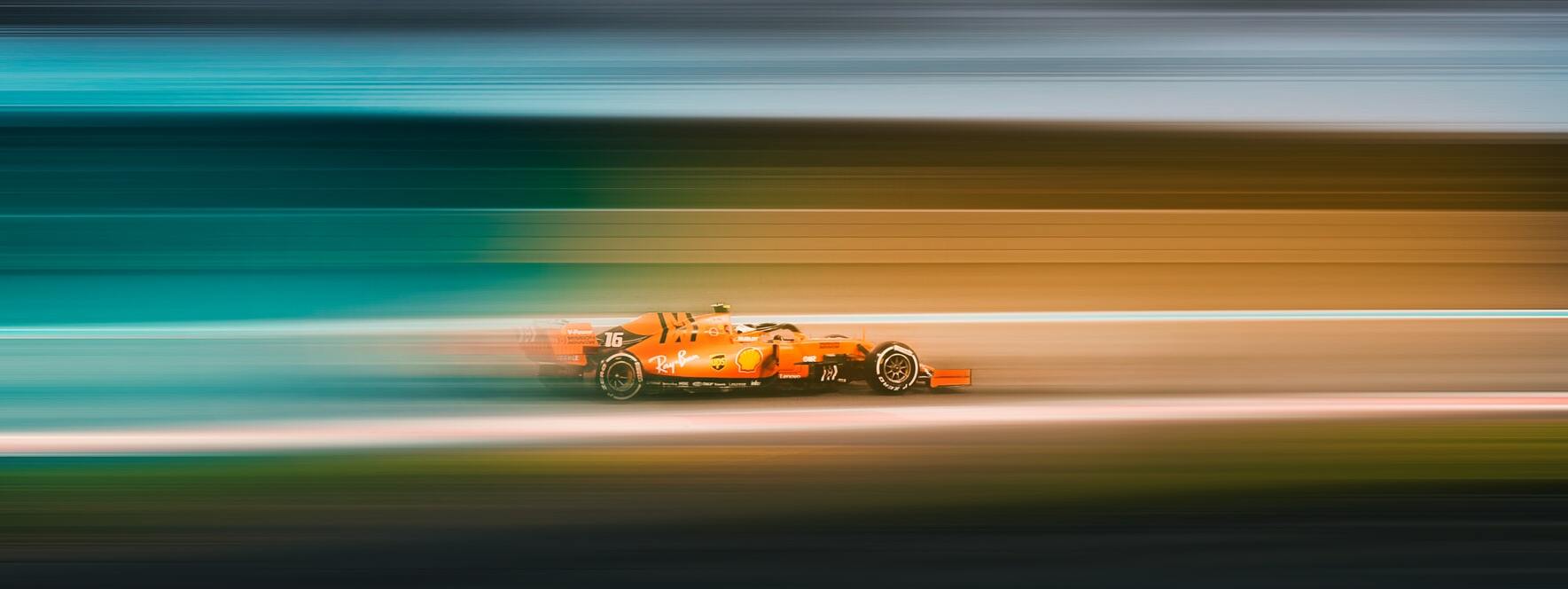The Best F1 Circuits of all Time
Since the Formula One World Championships began in 1950, over 60 circuits have hosted at least one grand prix. That’s a ...
Read full blog
By introducing the Sprint Qualification trial to the sport, all Formula 1 fans get offered more spectacle, races, and a new opening for all drivers to get the points they all strive for. The format and rules have been a major subject of endless discussion over the years.
VHR’s Automotive specialists have taken a closer look at what the new addition of this bold racing element will do to the sport as we have known it for many years.
The newly introduced F1 Sprint trial is a race run over 100km, equating to a race lasting 25- to 30 minutes. The idea behind the sprint is to cater more spectacle by adding a short, fast-paced non-compulsory pit-stop race – making the race a straight fight until the finish line.
The format will see all drivers qualify in a standard Q1, Q2, and Q3 session on Friday afternoons to form the grid for the sprint qualifications. This will take place on Saturdays. All drivers on the grid will have to dig as deep as possible to be eligible for the points on top of their personal best place for Sundays’ Grand Prix.
The World Championship points, at hand on Friday’s sprint race, will be appointed to the top three finishers. One for the third finisher and up to three points for the first-place winner. These points could potentially make the difference in who becomes the 2021 World Champion.
The sprint race is essentially a shorter version of the full Grand Prix race, taking place over a shortened distance. This change in the racing program as we know it reduces the amount of practice time. This stimulates each racing team to get as much as possible out of the free practice sessions. The sprint is a trial in 2021’s season, meaning that this season assumably will be the decisive factor in whether it’ll be continued in the next seasons – or not.

The sprint race weekend format will be as follows:
Friday morning – 60-minute Free Practice 1 (free tyre-choice between 2 sets)
Friday afternoon – Q1, Q2, Q3 sessions to order the starting grid for the sprint race qualifying (only five soft tyre sets available)
Saturday
Saturday morning – 60-minute Free Practice 2 (1 set free-of-choice tyres)
Saturday afternoon – 100km sprint race qualifying (2 sets free-of-choice tyres)
Sunday
Full Grand Prix race (2 remaining sets of tyres)
*In the event of wet conditions:
Friday
FP1: 2:30pm - 3:30pmFull Distance Grand Prix with 2 remaining tyres
Three sets of wet tyres and four sets of intermediate tyres will be available at the start of the sprint. If FP1 or qualifying is wet, teams will receive an additional set of intermediates but must return a used intermediate set before the sprint race. If the circuit during sprint qualifying is wet, teams may return one set of used wet or intermediates after – which will then be replaced with a new set of intermediates. There will be a maximum of nine sets of wets and intermediates in total.
The tyre rules will change for the season, with only soft tyres permitted throughout. As a result, teams and drivers will be free to start Sunday’s race on any compound, rather than having to run the tyre they qualify on in Q2. With more freedom in tyre-choice, the teams have more free-of-choice possibilities to adapt their strategies to each circuit.
Damage in the sprint is treated in the same way as to damage between normal qualifying and the race. Teams can apply for permission to change components and should do so with parts of the same specification. However, in exceptional circumstances, it will be permitted to use components of a different design. This is provided that the parts are of a specification that has previously been used in qualifying or a race.
All teams have been granted an extra $500.000 of spending room to cover all 2021’s season sprint qualifications – together with an added mechanism to apply for an extra increase on that allowance within the cost cap application in the case of significant accident damage.
Whether the sprint qualifications are going to be used in the future of Formula 1 is still unclear, but we are nonetheless excited to see how this new element will impact the 2021 season!
Looking for a new Automotive or Formula 1 job? Take a look at all our technical roles.
Just started watching the Formula 1 season? Have a look at VHR’s Formula 1: Season Predictions of 2021.
Since the Formula One World Championships began in 1950, over 60 circuits have hosted at least one grand prix. That’s a ...
Read full blogThis season of Formula 1 will be its longest ever, with an amazing 24 races sure to leave fans wanting more. There are n...
Read full blogF1 is a sport of extremes: incredible speed, larger than life characters, and cutting-edge cars. In almost every race th...
Read full blog
Nicosia, Cyprus
© VHR 2020 | All Rights Reserved